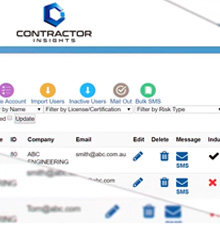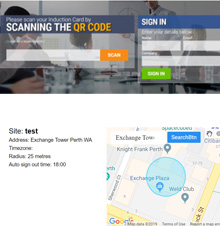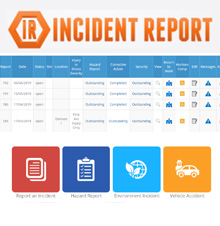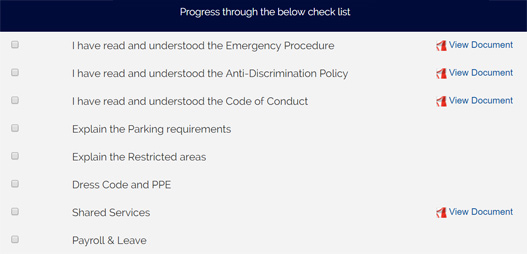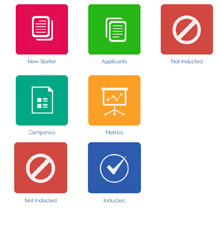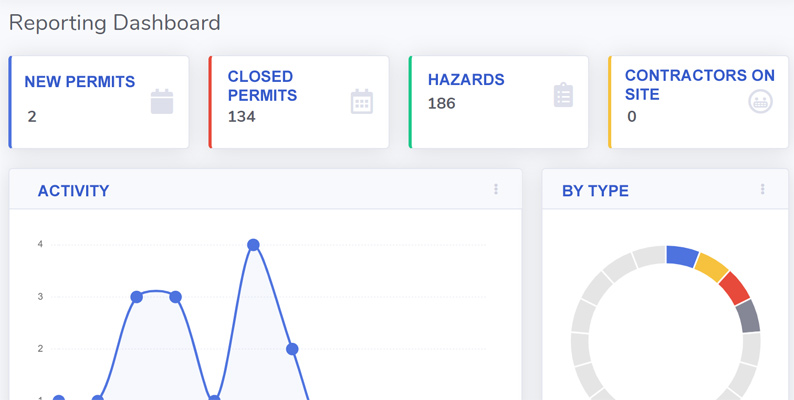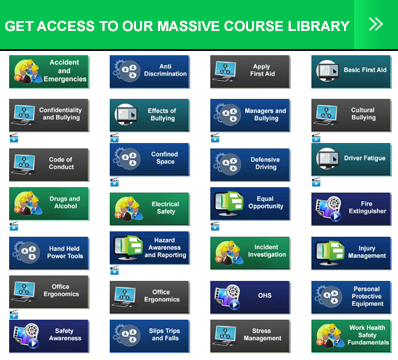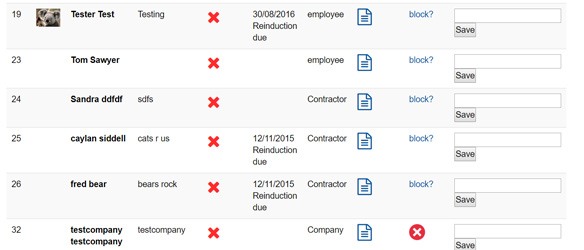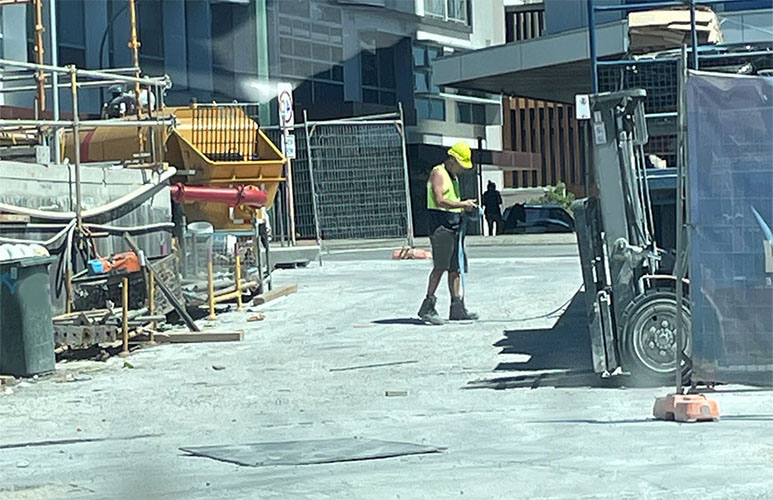Construction Orientation
- Best Construction Safety Orientation
Online Induction >> Construction Orientation
Published 13/09/2025
A construction safety orientation is a critical part of engaging and starting workers and contractors on a construction site. All workers and contractors should complete a comprehensive online construction safety orientation.
This ensures that all workers on a construction site are fully aware and prepared for reporting new and unknown hazards they encounter, being aware of how to work safely with known hazards, how to report safety incidents, how to respond in an emergency, safety procedures and safe work practices, safety policies and procedures, site access and site protocols, contracting requirements and general safety and procedure based requirements for working on a construction site.
A construction orientation is often the first thing a trade, contractor or construction worker will do before they step foot on a construction site to start working. It may be a site orientation that covers site specific risks, hazards, forms, check lists and other site specific information that contractors needs to be aware of before they arrive on site, helping them become fully job ready through the site orientation.
Best safety topics to include in a Construction Orientation
From all the construction sites we work with, we have compiled a list of the most common topics organisations are including in their safety orientations:|
|
|
|
|
|
|
|
|
|
|
|
|
|
|
|
|
|
|
|
|
|
|
|
|
|
|
|
|
|
|
|
|
|
|
|
|
|
|
|
Orientation Structure
When it comes to planning a construction orientation, one of the key considerations is determining the most suitable structure to use. This decision can have a significant impact on the overall success and efficiency of the orientation process. With various options available in terms of layout and design, it's essential to carefully evaluate the specific needs and requirements of the construction project before settling on a particular structure. By taking into account factors such as space availability, budget constraints, and logistical considerations, project managers can make informed decisions that will ultimately contribute to a smooth and effective orientation experience for all involved parties.The choice of structure for a construction orientation is not one to be taken lightly. It requires careful analysis and consideration of various factors in order to arrive at an optimal solution. Different types of structures offer unique advantages and drawbacks, so it's important to weigh these aspects against the specific needs of the construction project. Whether opting for a traditional classroom-style setup, an outdoor pavilion, or a custom-built facility, each option brings its own set of implications for accommodating participants and delivering essential information in an engaging manner.
In today's dynamic construction industry, staying abreast of best practices for conducting orientations is crucial for ensuring safety, productivity, and compliance with regulations. Selecting the most appropriate structure for hosting these sessions plays a pivotal role in setting the tone and conveying important information effectively. By exploring diverse options and tailoring choices to align with project-specific needs, organizations can enhance their approach to construction orientations while maximizing participant engagement and retention.
The most common structure for a construction orientation is a series of steps ranging from collecting materials and requirement information from trades, contractors and construction workers through to presenting site specific content, assessments and check lists.
 Step 1: Collect evidence of training, certifications, licenses, insurances, emergency contact details and known medical issues that could affect your role on site
Step 1: Collect evidence of training, certifications, licenses, insurances, emergency contact details and known medical issues that could affect your role on site
 Step 2: Present important safety topics as an online safety orientation
Step 2: Present important safety topics as an online safety orientation
 Step 3: get acknowledgement of important criteria, policies and procedures from an orientation check list
Step 3: get acknowledgement of important criteria, policies and procedures from an orientation check list
 Step 4: ensure important procedures and safety materials are accessible and downloaded online from a construction safety library
Step 4: ensure important procedures and safety materials are accessible and downloaded online from a construction safety library
 Step 5: most importantly, ensure assessments are in place to ensure workers understand what they have been going through
Step 5: most importantly, ensure assessments are in place to ensure workers understand what they have been going through
Site Orientation before arriving on site
The orientation enables all contractors to be job ready before they arrive on site, covering all aspect of safety, procedures to follow, policies to be aware of, hazards and risks that are site specific and everything that's needed to help ensure the contractor will work safe and is compliant. A site specific orientation will be different to an organisation wide one where instead the orientation is focused on the specific of the site the contractor is going to be working at. These might include site specific hazards, forms, check lists, orientation content, assessments and other site specific materials. A contractor may even go through multiple site orientations if they are working across a portfolio of sites or projects, each with differing materials, forms and resources to go through.Why is a construction orientation important?
Without a construction orientation taking place, trades, contractors and workers who are engaged to work on a construction site are at serious safety risk to themselves and their coworkers. A construction orientation is a critical first step towards ensuring everyone works safely while on site giving them the important information about hazards, safety risks, procedures, policies and all site specific information that they need to know about the specific construction site they are working at. From how to report an incident, to how to access the site, who to report issues to, how to respond to an emergency, where to evacuate to and even how to work on site, these important areas are all communicated through the safety orientation first.As the first point engagement, the orientation is the perfect tool to introduce workers to everything that is important when it comes to working at a construction site. With modern technologies, virtual tours of the construction site can be done online so that workers feel like they are familiar with where they are going to be working before they arrive there. How to access the site, from what gate, what PPE should they be wearing, how do they check out, do they need a special access card, how to access it and much more can all be conveyed through a construction safety orientation done online and before starting the job.
Tools to create a construction orientation?
With our online orientation tool, you can create and deliver orientations quickly and easily online. Create online orientation slides about your construction site, access, safety, publish policies and procedures all using our online orientation creator.
Try creating one below:



